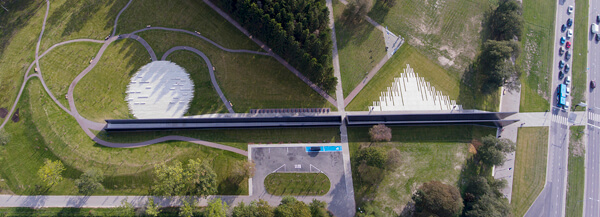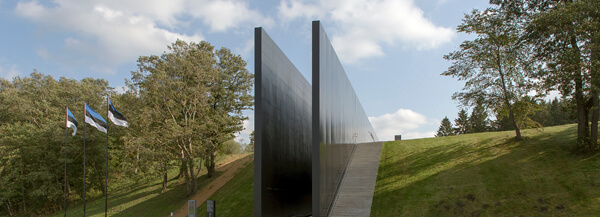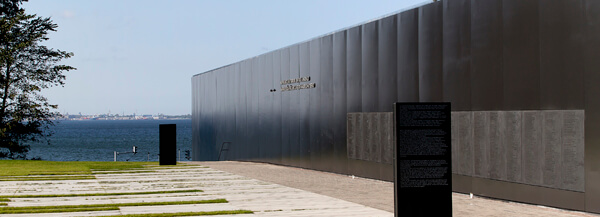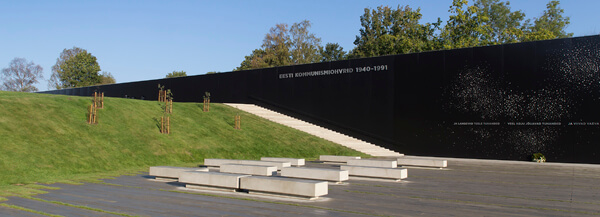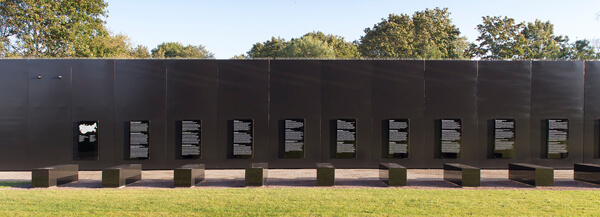The communist regime of terror was established with the occupation of Estonia on 17 June 1940 and ended with the restoration of Estonia’s independence on 20 August 1991. As the consequence of this, Estonia lost every fifth person of its population of slightly over a million, of which more than 75,000 were murdered, imprisoned or deported. The Memorial to the victims of communism is dedicated to all of them.
The memorial consists of two parts – the Journey with plaques bearing the names of those who perished in the terror, and the Home Garden, to which are added location stones with information texts marking the locations where the terror was carried out. A monument to Estonian officers who fell victim to the communist terror is also part of the Memorial.
The names of those people of Estonia who perished in the course of the terror, that is the persons who were murdered or died in imprisonment or in banishment, are entered on the memorial wall of the Journey. The names of those thousands of victims who did not make it back home and whose fate is not known are not on the memorial wall. This wall is in memory of them as well.
Part of the Memorial is an electronic memorial, where all persons who suffered in the communist terror in 1940–1991 are entered, including those who perished, who were extrajudicially repressed or groundlessly convicted by the Soviet Union’s occupying regime and were released, and also persons who were subject to deportation but whom the occupation authorities did not succeed in deporting.
Architecture and landscape architecture:
Authors: Kalle Vellevoog, Jaan Tiidemann, Tiiu Truus
Team: Martin Prommik, Kersti Nigols, Liis Voksepp, Annika Liivo, Marianna Zvereva
Sculpture: Kirke Kangro
Greenery: Lidia Zarudnaja
Graphic design: Martin Pedanik
Technical design for the Officers’ Monument: Margus Triibmann
Preparation of texts: Eesti Mälu Instituut
Database of victims of communism and the electronic memorial:
Compiled and administered by: Estonian Institute of Historical Memory
Technical solutions for the database: Mihkel Putrinš
Digital solutions: Argo Roots
The Estonian Institute of Historical Memory offers the opportunity to visit the Memorial with a guide (in Estonian, Russian and English). If you are interested, please contact us at the e-mail address info@mnemosyne.ee or by telephone at +372 648 4962.
The Memorial is located at Maarjamäe in Tallinn. The main entrance is from Pirita Road.
Buses nos. 1A, 5, 8, 34A and 38 stop at the Mälestusvälja bus stop near the Memorial.
When coming by car, there is a parking lot on Pirita Road situated towards Pirita from the main entrance to the Memorial. The other parking lot and entrance to the Memorial are located at the seaward end of Lepa Street, which is accessible by way of Kose Road and Saare Street, following the direction signs to the FC Levadia Maarjamäe football complex.
Location on the map
